Building smart farming models
With high mountainous terrain, rice production is mainly on terraced fields, small-scale, fragmented, steep terrain with traditional methods of prolonged flooding not only uses a lot of water but also increases methane emissions. Therefore, the application of new farming techniques, suitable to terrain, climate conditions and local production practices is considered an inevitable direction to improve economic efficiency, minimize environmental impacts and develop agriculture in a sustainable direction.
In recent times, Lao Cai province has proactively implemented many agricultural programs to reduce emissions and adapt to climate change. One of the effective models is “Smart rice cultivation, reducing greenhouse gas emissions” in Khanh Yen, Duong Quy and Kim Son communes with a total area of 199 hectares.
This model applies advanced techniques such as: alternate wetting and drying (AWD) to save water and reduce methane emissions; use slow-release fertilizers, organic fertilizers and microorganisms instead of chemical fertilizers to reduce N2O emissions; integrated pest management with biological products; post-harvest straw treatment with biological products instead of burning. At the same time, digital technology such as drones and humidity sensors is applied to optimize the production process.

Lao Cai has proactively implemented many agricultural programs to reduce emissions and adapt to climate change. Photo: Thanh Nga.
In addition, the sustainable rice production model to reduce greenhouse gas emissions deployed in the communes of Thac Ba, Hung Khanh, Van Chan, and Mau A with a total area of 24 hectares in the period 2023 - 2025, sponsored by Stichting Ofam Novib (Netherlands), is bringing positive results.
Target 70% of rice area applies emission reduction farming measures
According to Ms. Cao Thi Hoa Binh, Head of the Department of Cultivation, Plant Protection and Aquaculture of Lao Cai province, the locality is building a comprehensive rural development project for the period 2026 - 2030 with three main pillars: ecological agriculture, modern countryside and civilized farmers. In which, transforming the agricultural economic structure towards green, ecological, circular and creating high value chains is considered the main orientation.
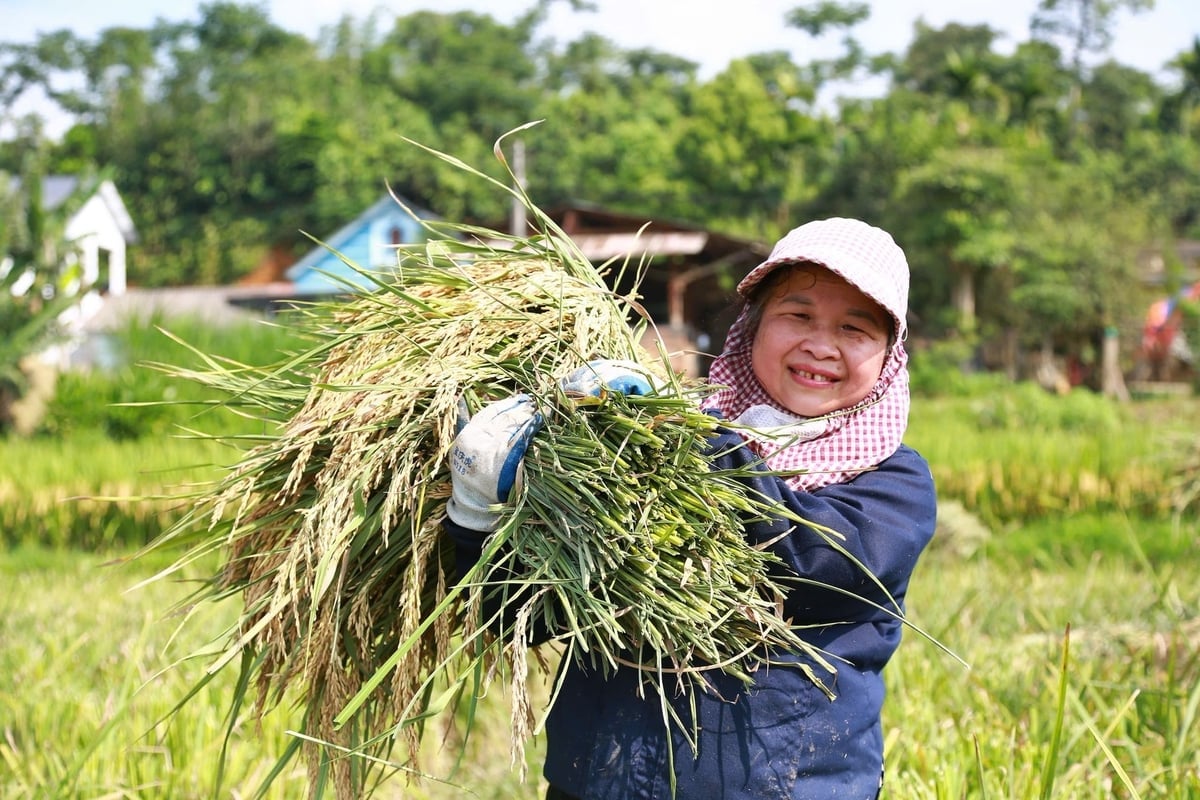
Lao Cai province strives to have 70% of rice areas applying emission reduction farming methods and 60% of upland crop areas implementing integrated plant health management (IPHM) by 2035. Photo: Thanh Nga.
In particular, after the Ministry of Agriculture and Environment issued the Project "Production of emission reduction in the crop sector for the period 2025 - 2035 with a vision to 2050", Lao Cai quickly developed a specific implementation plan in the province. By 2035, Lao Cai aims to reduce greenhouse gas emissions in crop cultivation by at least 15% compared to 2020. The province strives to have 70% of rice areas applying emission reduction farming measures, and 60% of upland crop areas implementing integrated plant health management (IPHM). At the same time,
Along with implementing new farming models, Lao Cai has increased training and technical instruction, promoted propaganda and dissemination of technical documents and policies, and gradually changed farming habits towards sustainability.
With a clear strategy, long-term vision and close coordination between the government, functional sectors and people, Lao Cai is gradually realizing the goal of building an ecological, modern and low-emission agriculture.
Lao Cai will develop a “Low Emission” label for 1 to 2 key agricultural products such as rice, tea, and fruit trees; pilot carbon credit development models and build an emissions database synchronously connected with the national system.
Source: https://nongnghiepmoitruong.vn/nong-nghiep-thong-minh-phat-thai-thap-phu-hop-voi-dia-hinh-d785433.html












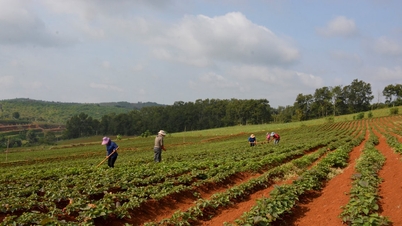

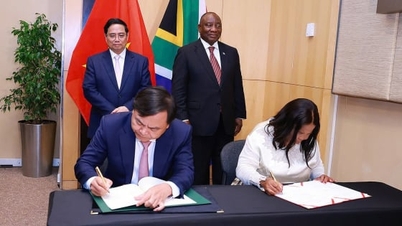




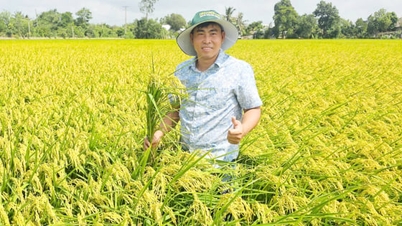
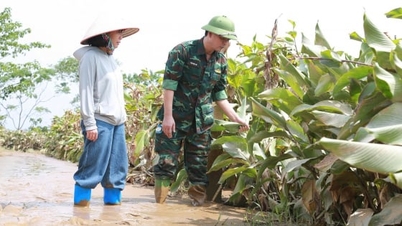
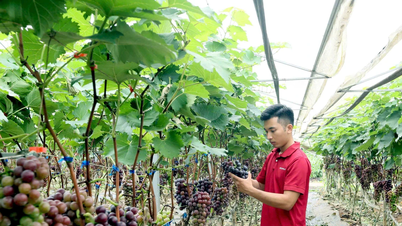










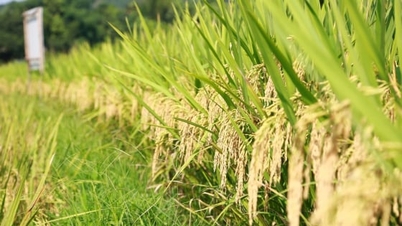

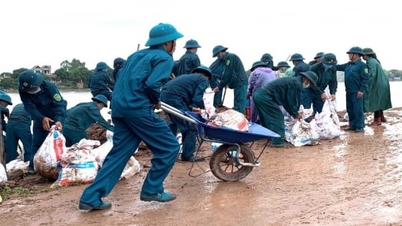







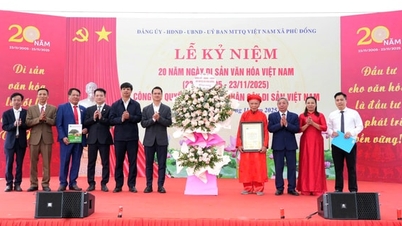






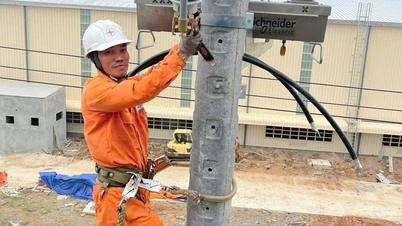



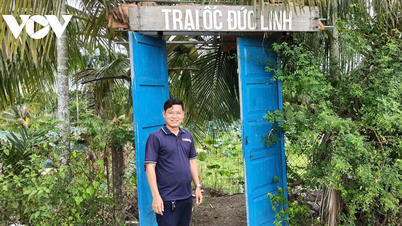

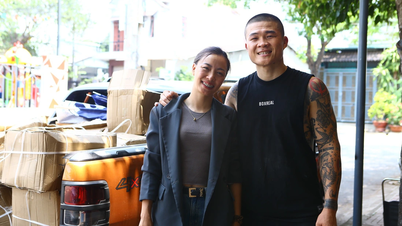

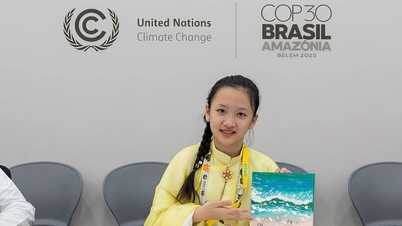














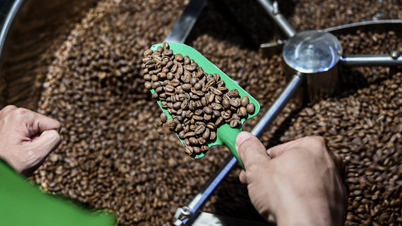


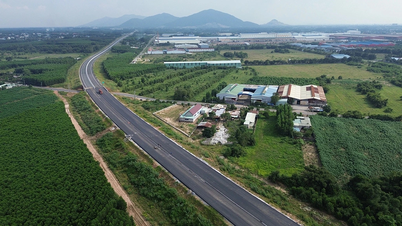












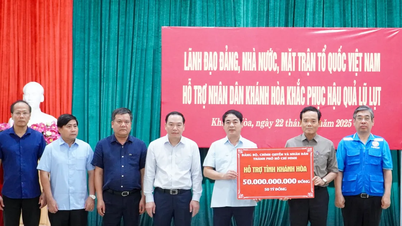
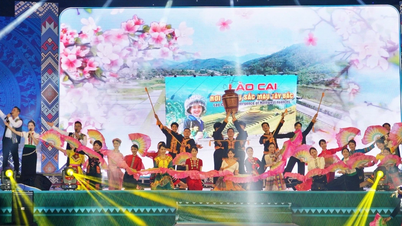

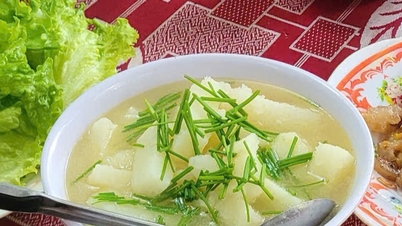
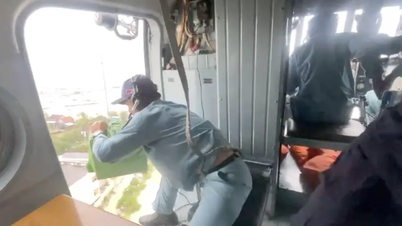
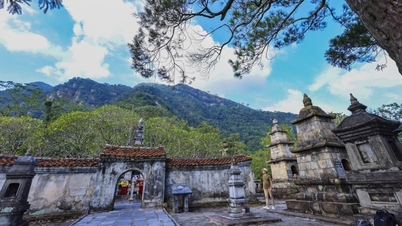
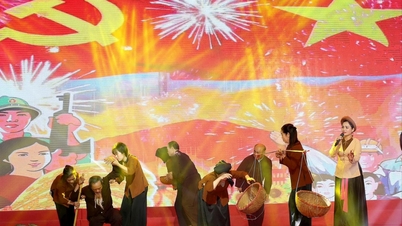










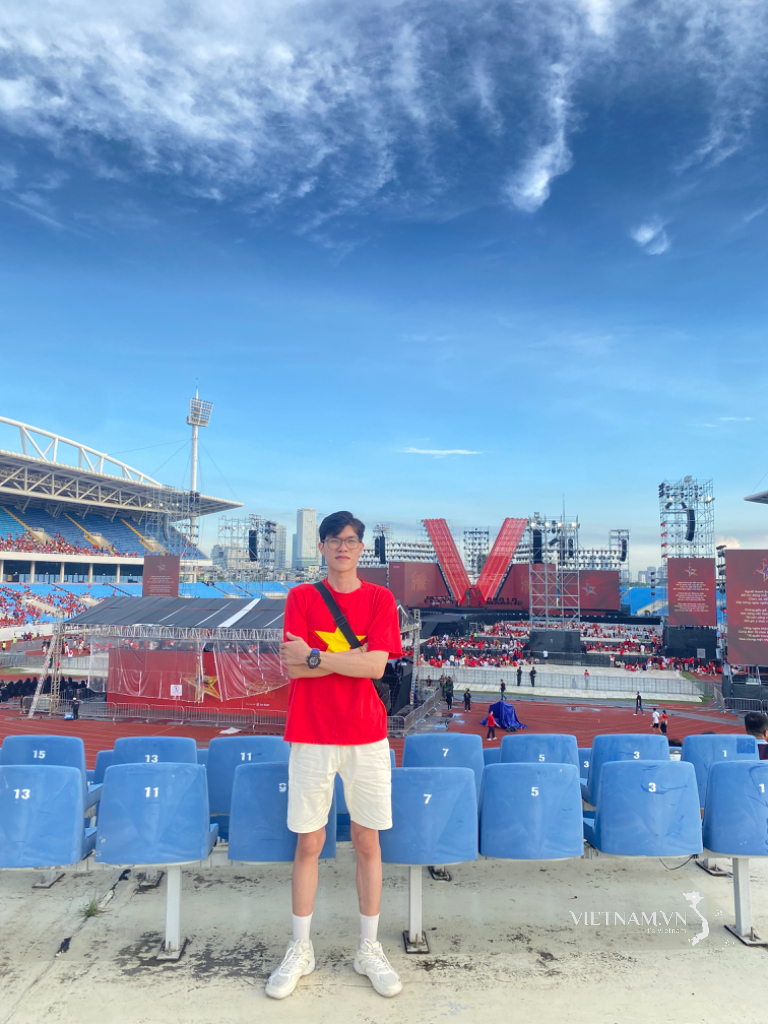
Comment (0)